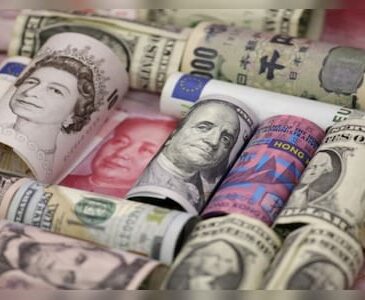
As Eichengreen and Hausmann (1999) first pointed out, the term “original sin” refers to a country’s inability to borrow abroad in its own currency. This stems from the reluctance of foreign investors to hold sovereign debt in local currency, due to perceived currency risk and domestic economic instability. It implies that the domestic government bears a currency risk due to currency mismatch between its foreign currency debt and its domestic investment, generally in domestic currency. Although long associated with EMEs, original sin has been overcome recently by many emerging countries. The share of EME government securities held by foreign investors reached a peak in 2018 with 35% held by foreign investors on average for an EME, while decreasing since then to 26% at the end of 2022 (Chart 1). This dynamic goes hand in hand with an increase in the share of government securities denominated in local currency within total government securities held by foreign investors since 2004. Several factors can explain this improvement in original sin, including sound macroeconomic management, better institutions and economic fundamentals, and financial deepening.
Heterogeneity within EMEs contrasts with the overcoming of original sin
However, overcoming original sin has not been homogeneous among EMEs. While the largest and most developed EMEs, including India, Brazil, China, Russia, Thailand and South Africa, have broadly succeeded, other countries are far from having escaped from the constraint of issuing in foreign currencies when it comes to sovereign debt held by foreign investors (Chart 2, panel A). The most vulnerable cases are Argentina, Uruguay, Peru, Romania, Ukraine and Turkey, where the debt held by foreign investors was both significant and massively denominated in foreign currency at the end of 2022. Although most of its debt is held domestically, Egypt is also identified as a country suffering from original sin, with 70% of its debt held by foreign investors denominated in foreign currencies.
Chart 2: EME government securities held by foreign investors, by country (% of total outstanding of EME government securities in local and foreign currency – at end of 2022, and changes since 2004 )


